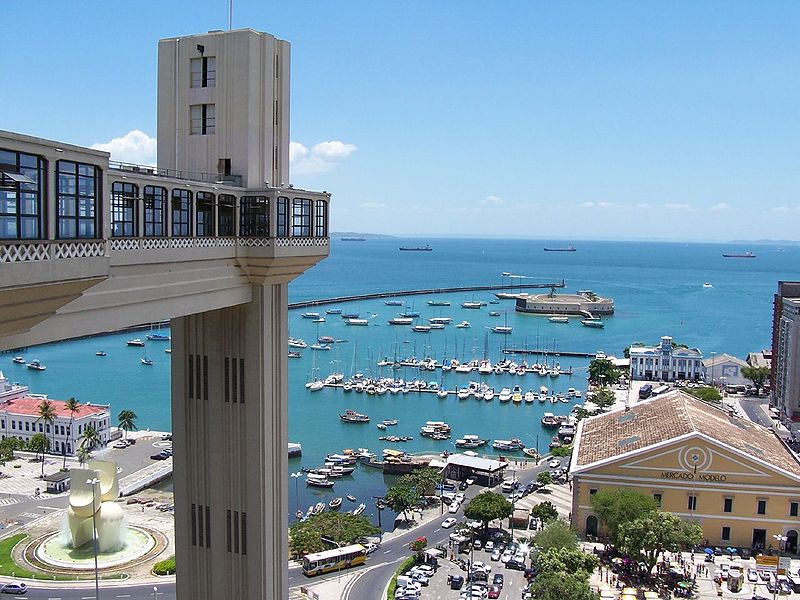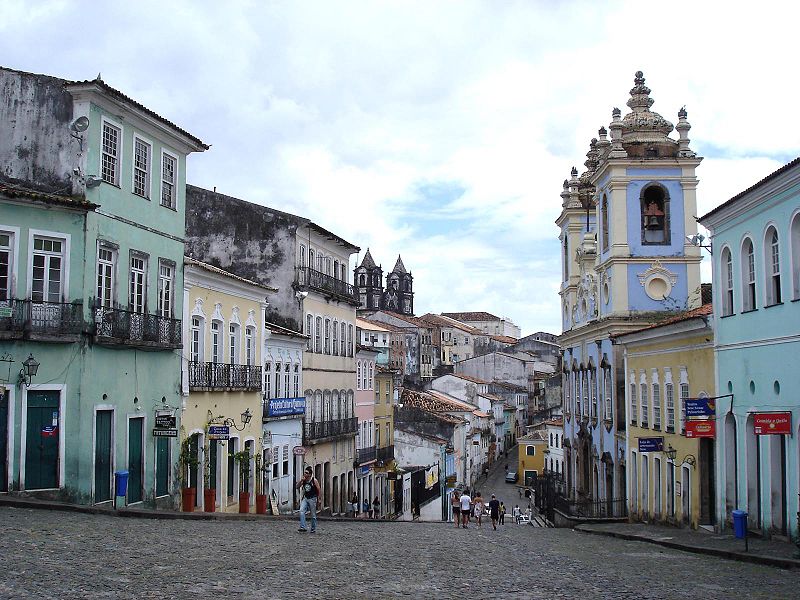FIFA World Cup 2014 Host City: Salvador
When the Portuguese crown first decided to carry out the endeavour of colonising Brazil, the first urban area to be settled in was Salvador, which was established on March 29th 1549.
This is one of the reasons why the coastal city in the country’s north-east was one of the main poles of slave trade in South America.
As a consequence, Salvador grew under deep influence of Portuguese, Afro-descendents and indigenous alike: a situation that contributed to the cultural richness that typifies the city today.
The presence of African elements is all around in Salvador, from the circles of capoeira (a combination of martial art and dance brought to Brazil by African slaves) at the Modelo Martket to the beat of the agogôs and atabaques (percussion instruments) in the rites of the Candomblé - a syncretic religion conceived in Brazil.
Such African heritage has awarded Salvador with the nickname Roma Negra (Black Rome).

Salvador is as famous for its beaches as it is for its football
Salvador’s privileged topography is one of its most appealing attributes, with a clear division between the Cidade Baixa and Cidade Alta (Low City and High City), both of which are connected to each other by one of the city’s most important sights, the Elevador Lacerda.
But the ultimate icon of the city is the Pelourinho, which is its historical centre: its churches and colourful colonial buildings have been a World Heritage Site by UNESCO in 1985.
Besides being a historical gem and the birthplace of several of Brazil’s most significant artists, the capital of the state of Bahia has also grown and developed to become the economic centre in the north-east and the country’s third-most populous city, with roughly three million residents.

The historic Old Town of Salvador
Football
It comes as a surprise to no-one after an edition of the Campeonato Brasileiro when the figures show that a team from Salvador - either Esporte Clube Bahia or Esporte Clube Vitória - topped the attendance average charts.
The soteropolitanos are as mad about football as anyone else in Brazil.
The two rivals comfortably dominate the football scene within the state of Bahia, and have an important national background as well: Bahia, the Tricolor, won the Campeonato Brasileiro in 1988 and the Taça Brasil in 1959 (a predecessor of the national championships), while Vitória have collected three North-east Cup titles and were runners-up in the Brasileiro in 1993.
The Leão are also famous for housing one of the best youth academies in the country, having produced the likes of FIFA World Cup champions Bebeto and Dida.
One of the most fantastic moments for one to be in Salvador - only comparable to the city’s vivacious Carnival celebrations - is during a Ba-Vi, the famous derby between the two rivals.
These regularly took place at the Fonte Nova, a stadium that is closed and being completely rebuilt.
Fast Facts
Name: Salvador
State: Bahia
Population: 2,998,096
Altitude: 8m
Climate: Salvador features a tropical rainforest climate with no discernable dry season. Temperatures are relatively constant throughout the course of the year, featuring warm and humid conditions.
Professional Football Clubs: Esporte Clube Bahia and Esporte Clube Vitória

